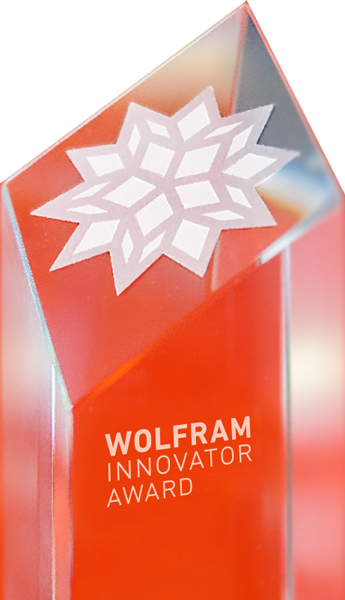Developers of LieART
Areas: Gravity, Particle Physics, Physics, Quantum Entanglement, Research and Analysis, Software Development, String Theory, Theoretical Physics
Robert Feger, Cocreator of LieART and Researcher, Deutscher Wetterdienst
Robert Feger is a researcher and developer at the Deutscher Wetterdienst, Germany’s national meteorological service, specializing in thunderstorm and convection detection in weather radar data. As a particle theorist, he used Wolfram extensively in his PhD studies on heavy-quark physics at the University of Siegen. During his postdoctoral fellowship by the German Academic Exchange Service at Vanderbilt University, Feger worked on grand unified theories based on special unitary groups. His research required fast and demanding calculations in group theory. Initially created as a group theory toolbox for personal use, Feger, mentored by Tom Kephart, created LieART, a Wolfram application for Lie algebras and representation theory. LieART has been appreciated by particle physicists and mathematicians for its user-friendly interface and computational power covering all classical and exceptional Lie algebras. It can also be used as a group theory teaching tool as the output and visualizations, e.g. of Dynkin diagrams and weight and root systems, are akin to textbooks—all enabled by the very same core principles of Wolfram.
Thomas Kephart, Cocreator of LieART and Professor of Physics, Vanderbilt University
Thomas Kephart is a particle theorist and has worked on formal aspects of gauge theories, particle physics models and group theory. Some topics include chiral gauge anomalies, topological defects and extensions of the standard model, including grand unification, family symmetry, discrete symmetry and string-inspired models. Wolfram has been an indispensable tool in his research for many years. The applications have ranged from particle physics model building to the classification of quantum entanglement to theoretical biophysics.
Many branches of science seem poised for great advances as machine learning, artificial intelligence and quantum computing converge. Most recently, in a study of coherent states from the solar corona, Kephart has used AI to write Wolfram Language code to analyze the signal-to-noise ratio expected in detectors. He also finds Wolfram a great help in mentoring students, as by learning to use it, they can quickly make useful contributions to research projects.
Robert Saskowski, Cocreator of LieART and Researcher, Tianjin University
Robert Saskowski is a postdoctoral researcher in the Center for Joint Quantum Studies at Tianjin University studying string theory and related topics. He specializes in higher-derivative supergravity and precision holography. His undergraduate thesis involved working on LieART, a powerful Wolfram application for doing computations with Lie algebras and their representation theory, and implementing branching rules therein.

